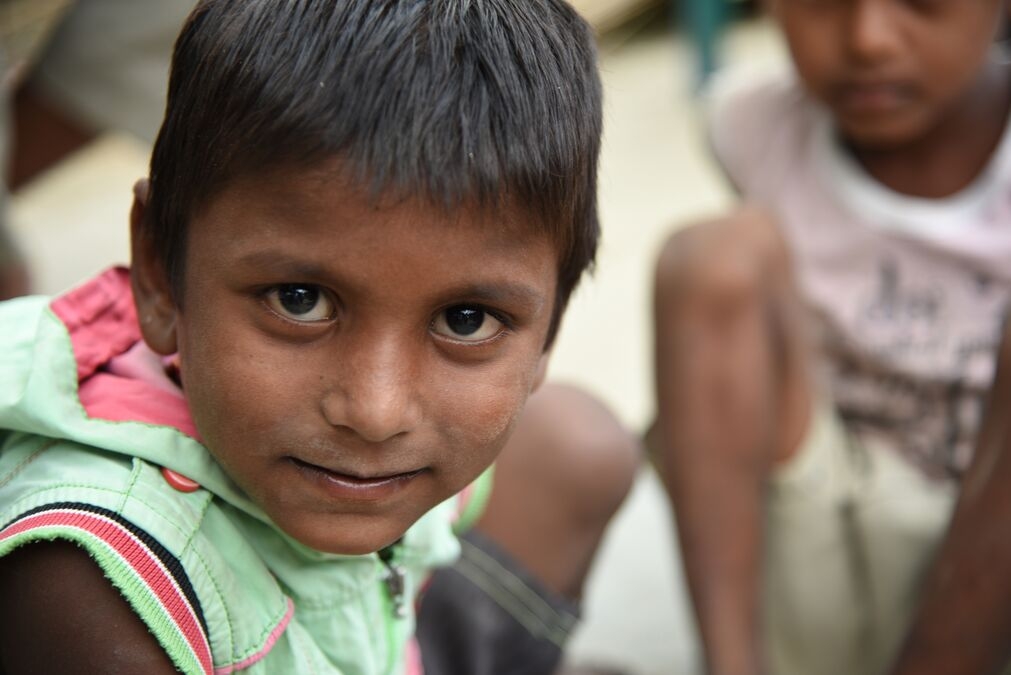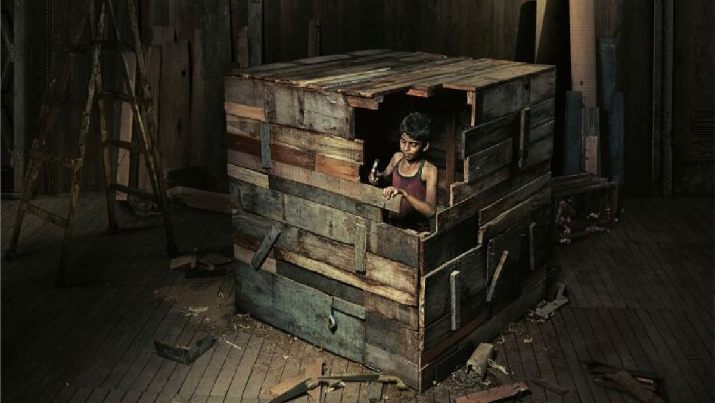
The Link Between Child Labour and Child Trafficking
Child labour and child trafficking are deeply connected issues affecting millions of children in India. Children forced into labour are often vulnera....
Read More
Child labour remains a global concern, and India is no exception. The reality of child labour practices, is often driven by poverty and a lack of opportunities, robs countless children of their right to a childhood filled with education, play, and growth. Nearly 10.1 million children between the ages of 6 and 18 work as child labourers in India, according to the National Census 2011. The majority of child labourers—around 80%—live in rural areas. According to the Census report, 1 in 11 working people in India are children between the ages of 5 and 18 years old, which shows what a deplorable future awaits innumerable children in India.
International Labour Organisation (ILO) defines child labour as ‘work that deprives children of their childhood, their potential and their dignity, and that is harmful to physical and mental development’. It refers to work that is mentally, physically, socially, or morally dangerous and harmful to children; and interferes with their schooling. According to the Indian legislation, ‘child’ is anyone who has not completed 14 years of age and ‘adolescent’ is anyone who has completed their 14th year of age but is below 18 years. This law divides work into hazardous and non-hazardous categories as identified by the Technical Advisory Committee constituted under the Act. The Schedule to the Act enlists 38 occupations and processes as ‘hazardous’ and 69 others which are non-hazardous.
Child labour simply refers to the exploitation of children through any form of work that deprives them of their childhood, interferes with their ability to attend regular schools, and is mentally, physically, socially, or morally harmful. This can include hazardous jobs, long hours, and low pay, often at the expense of education and overall well-being.
Child labour is indeed illegal in India. The country has enacted laws and regulations aimed at eradicating this practice of child labour in India. The most notable law is the Child Labour (Prohibition and Regulation) Act, which prohibits the employment of children under 14 in hazardous industries and regulates their working conditions. However, implementing these laws remains challenging, and the existing regulatory framework needs more vigorous enforcement.
In 1992, when India ratified the United Nations Convention on the Rights of the Child (UNCRC), a reservation was made in Article 32, wherein the Government of India articulated that it would progressively ban all forms of child labour. After nearly three decades since the child labour law came into force, India has the opportunity to amend the law in favour of its children. Since India’s legal system gives basis to the assumption that children can work and still get an education, the new Child Labour Act allows children under the age of 14 to work in family occupations after school hours. However, when only 49% of working children between the ages of 5-14 and 17% between 15-18 years parallelly attend school – the numbers completely contradict the above assumption and leave a glaring gap in the prohibition of child labour.
Child Labour in India: Statistics and Trends
India's battle against child labour is far from over. According to the International Labour Organization (ILO), India is home to an estimated 10.1 million child labourers, making it one of the countries with the highest prevalence of child labour in the world. These children work in various sectors, including agriculture, domestic work, and manufacturing, often under deplorable conditions.
While there has been significant progress in reducing child labour in recent years, the challenge remains substantial. Poverty, limited access to quality education, and a lack of awareness are some of the factors contributing to this persistent issue and is the reality of child labour in India.
How does child labour affect the nation?
Children engaged in child labour are robbed of a happy childhood as well as the fun, learning experiences in their formative years. A majority of child labourers leave behind the path of education and compromise on becoming literate individuals. Leaving school behind, they become fully absorbed in the practice, so much so that they are unable to develop new skills and qualifications that are required to get into gainful employment roles. This way, India is losing out on an educated and skilled workforce that is required to propel our country’s economic growth and progress to greater heights. Not only do these children miss out on childhood and education but also suffer from numerous health issues by engaging in hazardous occupations. This socially unacceptable practice of child labour in India also dents our country’s socio-economic standing.
Here are some of the key ways in which it affects India:
The Indian government has a critical role in addressing child labour. They must focus on enforcing existing laws, improving access to quality education, and creating social safety nets for impoverished families. The government needs to raise awareness about the legal consequences of employing child labour and the importance of education.
Non-profit organisations play an important role in combating child labour in India. They act as a bridge between the government and communities, providing essential services and support to at-risk children and their families. Many organisations work to rescue child labourers, provide them with education, and rehabilitate them into society. These organisations should also advocate for policy changes and collaborate with the government to improve child welfare.
Our society has, somehow, accepted and tolerated child labour as a social norm. It is only when we as a society adopt a zero-tolerance attitude towards this exploitative and abusive practice can we put an end to it. Rescuing these children is not the only solution - it requires a multi-pronged approach, one incorporated by CRY NGO.
In 2019-20, CRY protected children in 149 villages from child labour in India by creating awareness about the ill-effects of child labour and connecting communities to government schemes and benefits like MNREGA job opportunities. Donate now to help child labourers go to school instead of work.